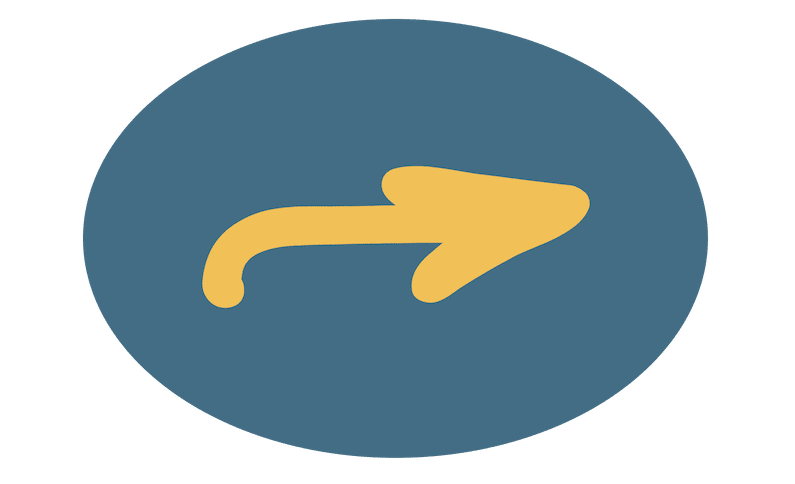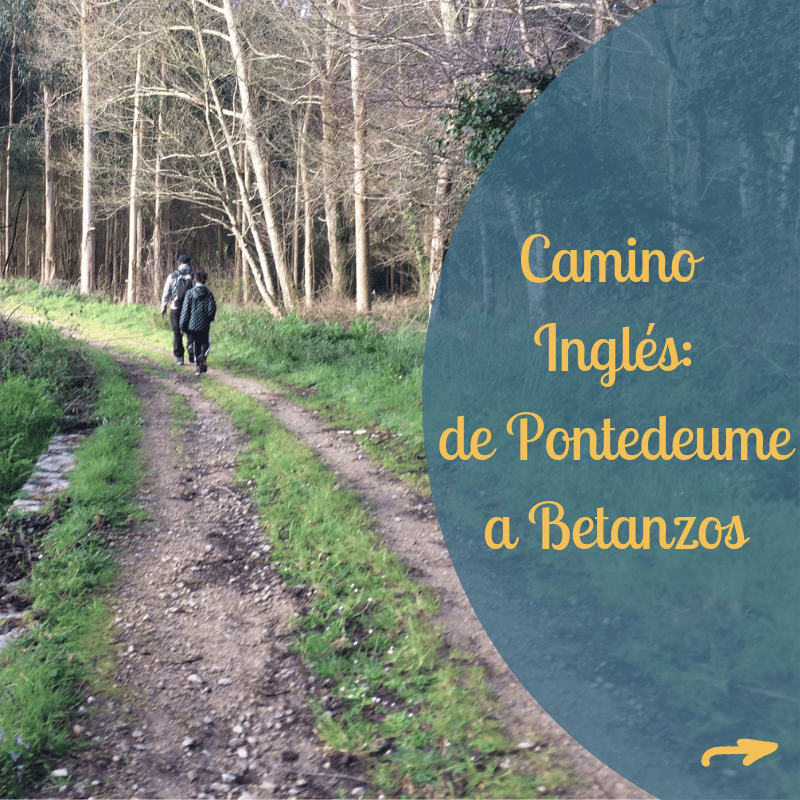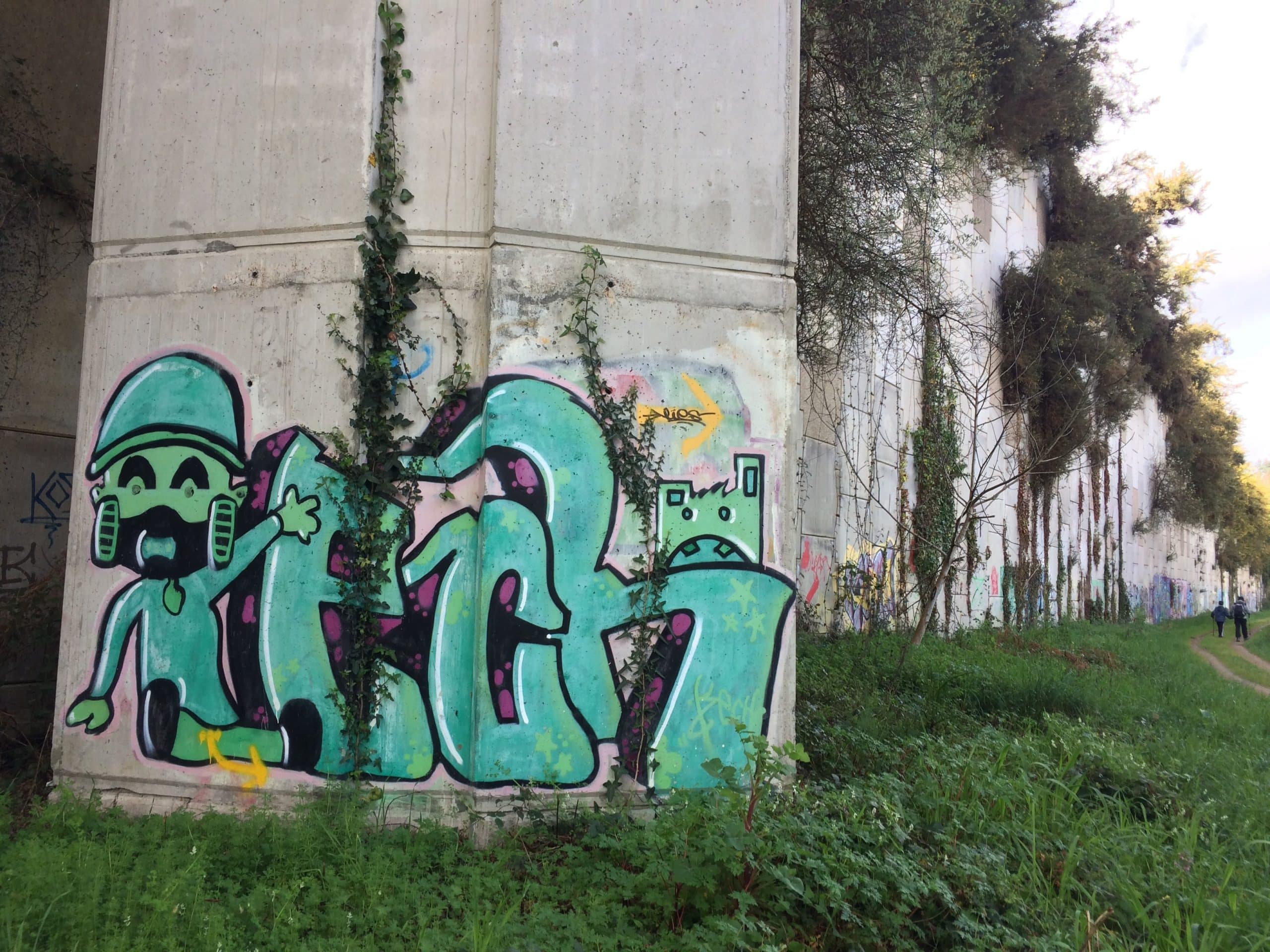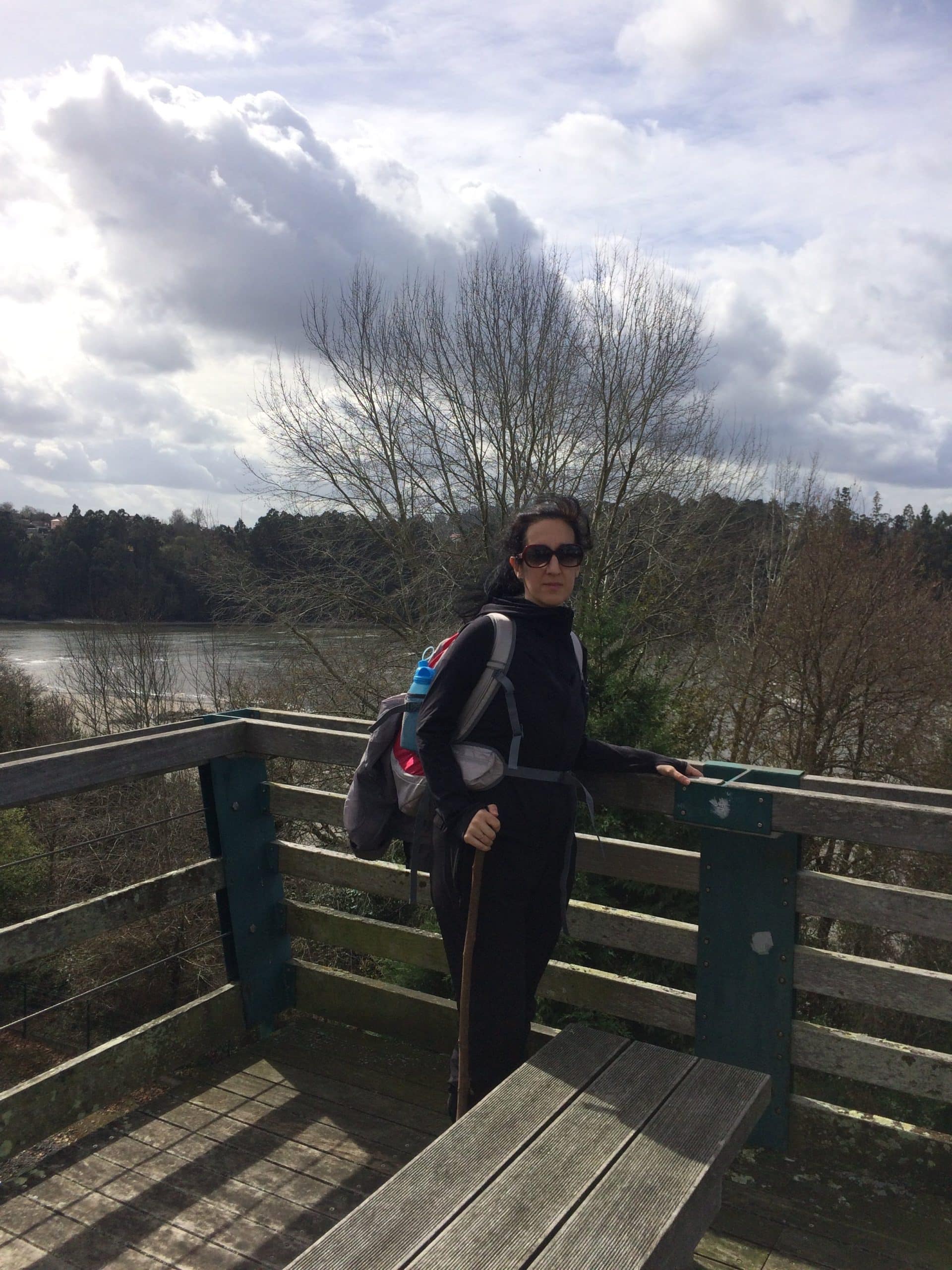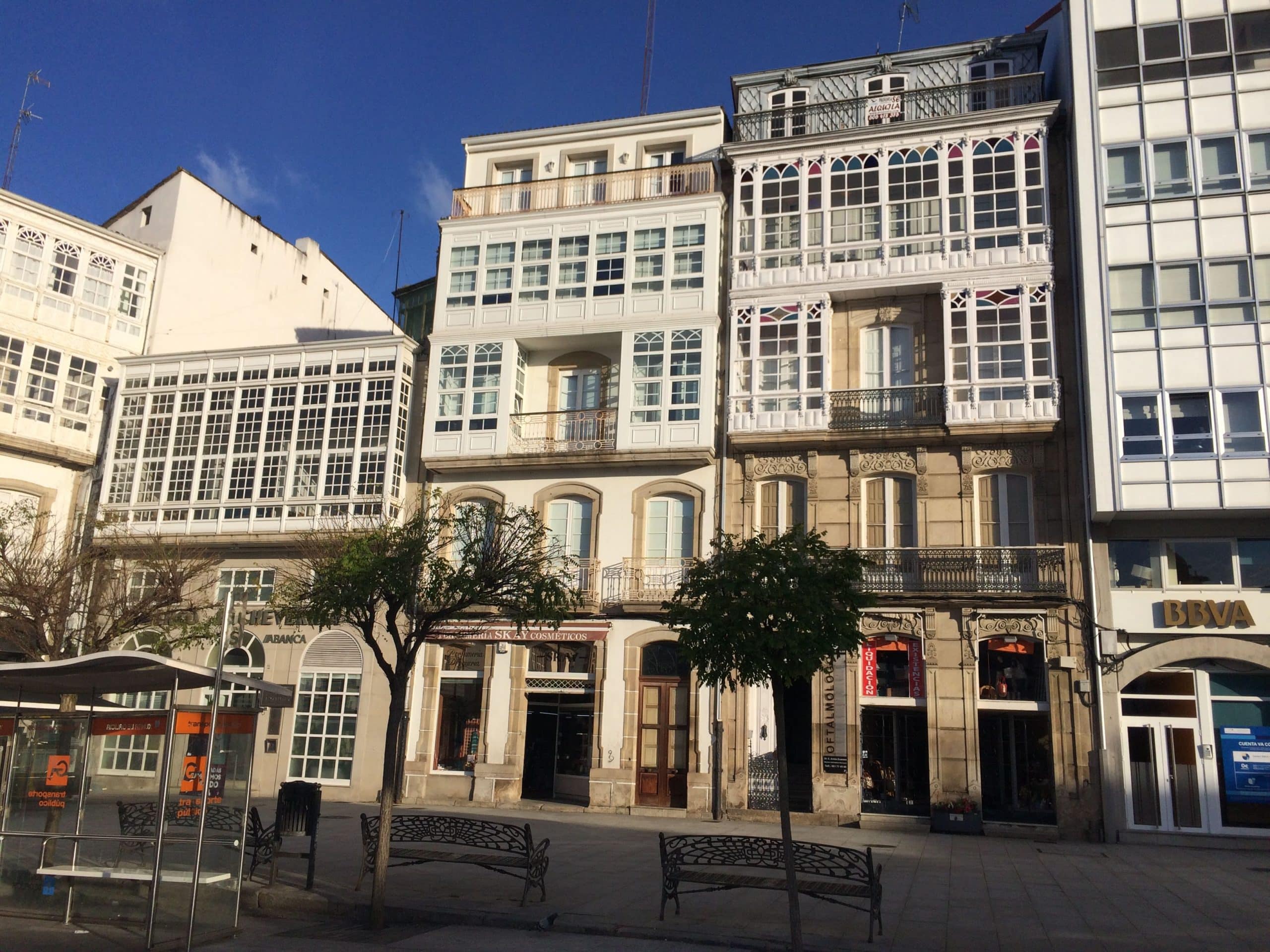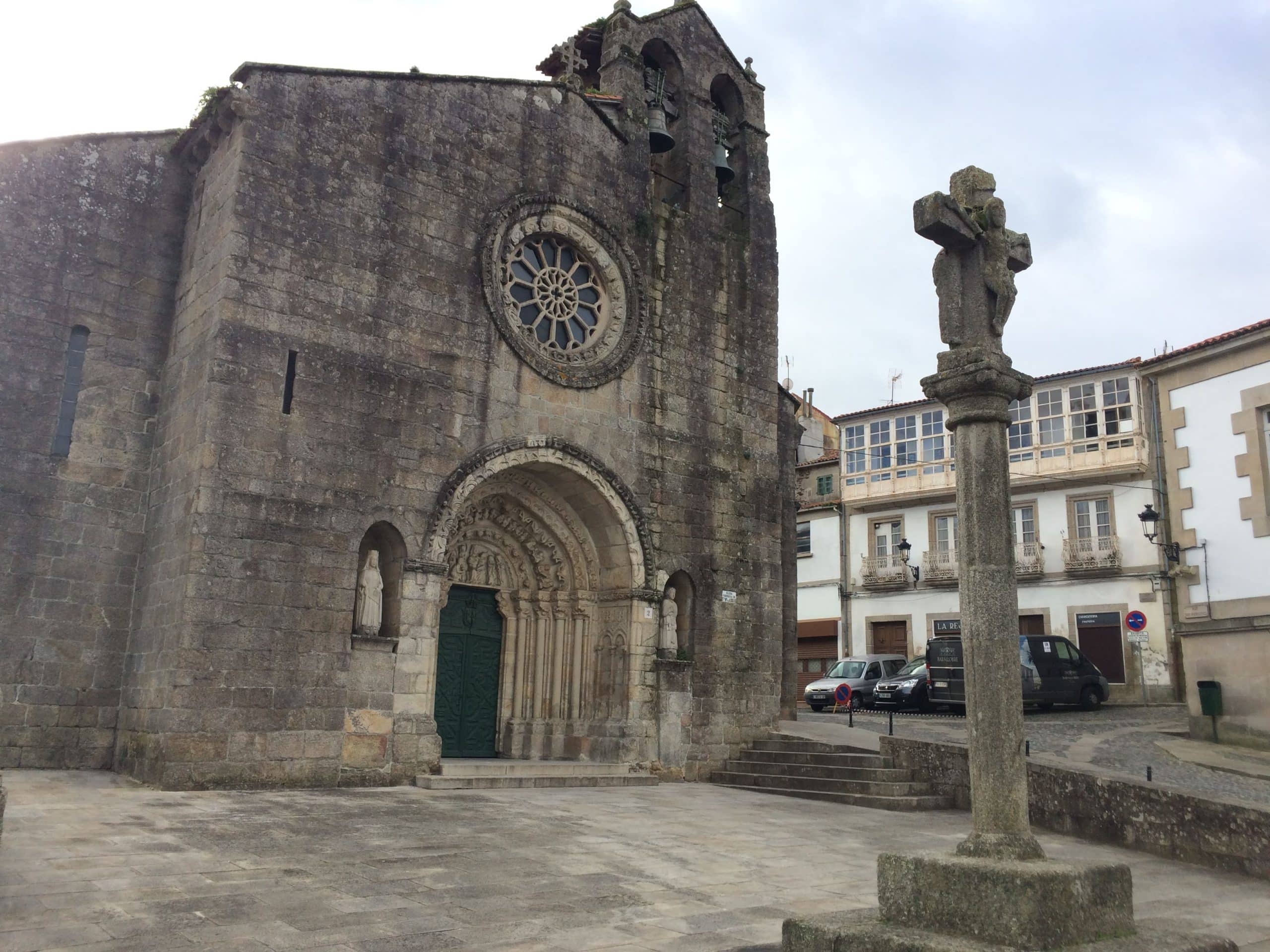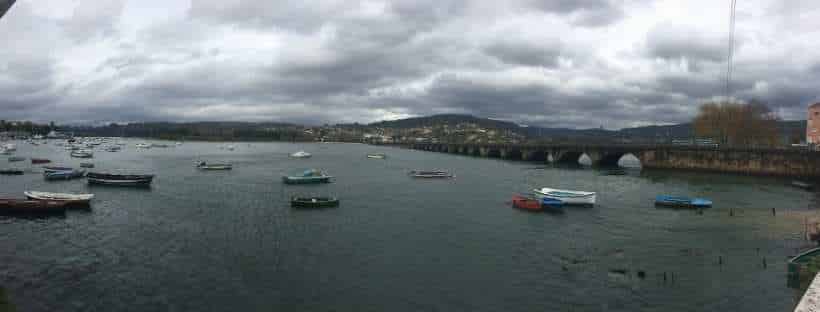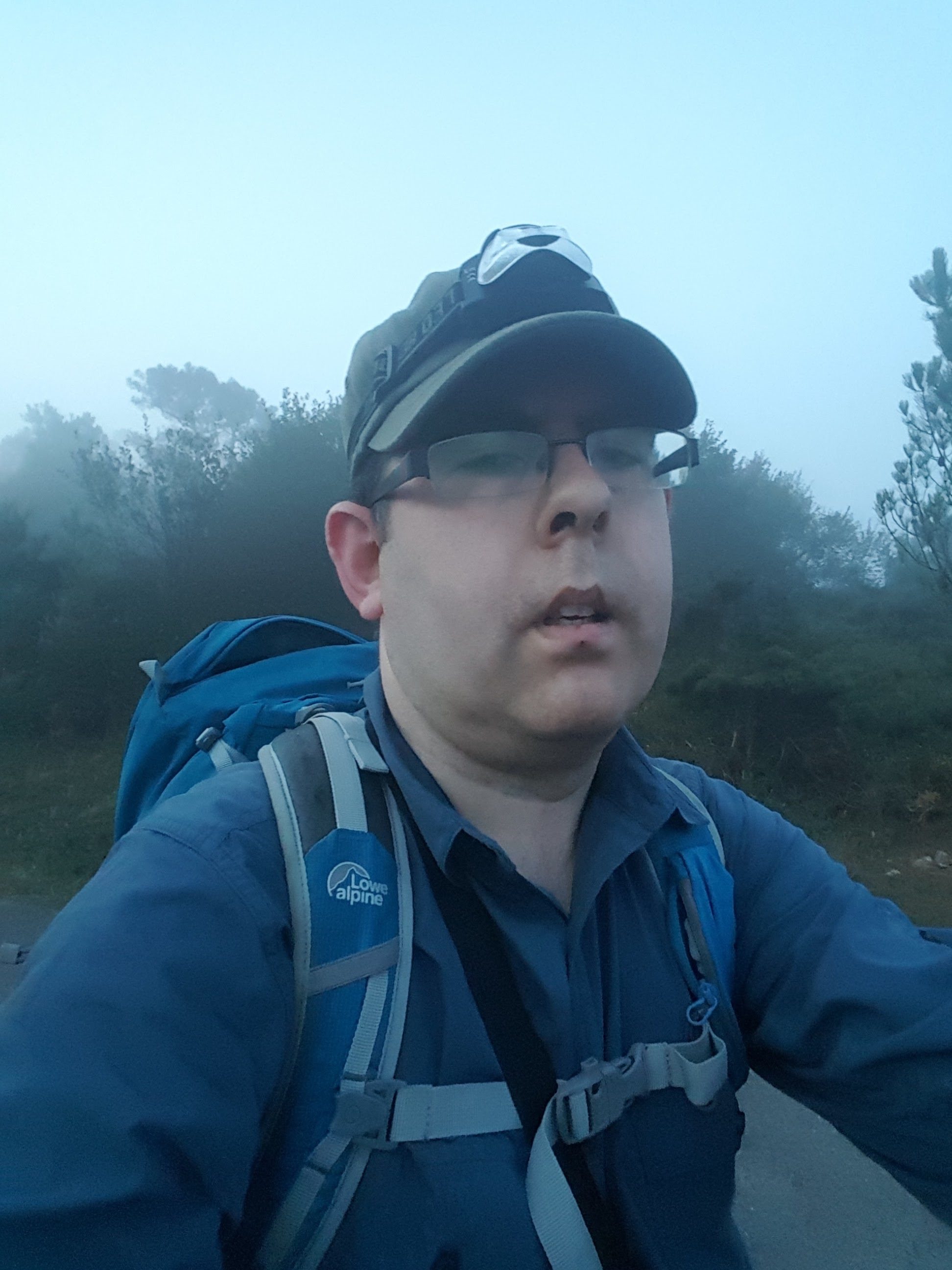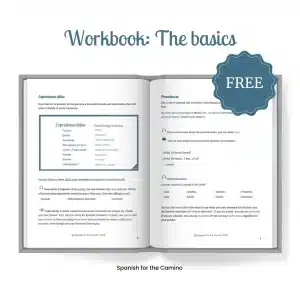A conversation with David |
Less than ten years ago David had not heard about the Camino. Now he’s planning for his 5th. And that’s not his only connection to the Camino. If you’re curious about David’s story, read our conversation!
Please tell us a bit about yourself
My name is David and I’m from Dublin, Ireland. I love to write, and I have been keeping my own blog ClearskiesCamino.com for over 6 years. I also love the outdoors and have recently taken up photography. I love trying new things, and new gadgets!
When did you first hear about the Camino? When or why did you decide to do it?
I heard about the Camino de Santiago by pure accident! I hope your readers believe in fate. In late 2010, I was handed a leaflet with the words “Walk the Camino” framed across the top. I thought to myself, “this will be a great challenge” and I instantly registered. I raised €3000 for a mental health charity in Ireland and on the 6th of June 2011, we would start our Camino from Sarria to Santiago de Compostela on the – the final stretch!
At the time, walking 10 kilometres was a struggle for me so walking 15 kilometres, 4 or 5 days in a row would really test me. But it was achievable. I also wanted to see another part of the world, to see the culture, to hear the language and see how people tick. All in all, it was an enjoyable week, despite the blisters.
We had a guide, a great guy from Australia who got us around. He had the Spanish even though I had a few simple phrases to get me by like Gracias, ¿Qué tal?, Buenos días and of course ¿Dónde está?
I loved Santiago and was blown away when I arrived under the archway into the Praza do Obradoiro– it’s not something you see every day. I have my Compostela framed in my apartment in Dublin and I will treasure it.
You’ve done several Caminos after that. What is it about the Camino that makes you want to come back?
On return to Dublin, I felt that this was my one and only Camino experience and it was time to experience something else. I would return to work the following Monday and life would go on. It wasn’t until later in the year, however, when I received an email from the Australian guide checking up on me, just to see how I was.
At this stage, the Camino was just a memory but over the course of a week, a simple hello had changed my mind. I suppose if it wasn’t for his email I wouldn’t be where I am today, who knows?
Over the last 6 years, I have walked various parts of the Camino Francés and more recently I have walked from A Guarda to Santiago with my brother on the Portuguese Coastal Route.
I find the Camino is a great way to get away from strains of modern daylife. You can experience simplicity in all its forms – get up in the morning, carry all your belongings, just walk, and rest when you are tired. It’s as simple as that.
But the people you meet make it for me, and it is so easy to meet lifelong friends here. I also like the idea that I walk in the footsteps of thousands of people before me. I am walking from A Coruña in May – a route taken by pilgrims from Ireland in medieval times (for more info on this route: Camino Inglés).
How have your experiences been so far?
I have had very positive experiences so far, but with all things in life you learn as you go on. On my first Camino, I was badly prepared and suffered with blisters but over the years, you learn how to treat them and buy the suitable equipment. My Camino from León to Sarria in 2012 was much more enjoyable I found.
Is there any particular anecdote you would like to share?
On my Camino from Logroño to León in 2013, I met a large Camino family and we still keep in touch. There is one story that strikes a chord to this day and it is from May 2015. I was walking from Belorado in La Rioja to Molinaseca, just short of Ponferrada and had met a good bunch of pilgrims, from Ireland, Belgium, Holland and England.
We had reached Sahagún and I had run out of money before checking in at the albergue. I went to the ATM to get some more. An error message appeared. My heart sank. I asked the bank teller inside: “¿Hablas inglés?” “Yes”. OK. So there was a problem with the card. Now what…?
Hmm! I walked back to the albergue where the rest of the gang were. I explained my predicament and they said not to worry. The offer was there to pay for any expenses until I got fixed up. Three evenings later in León, I had money wired to me via Western Union. The Camino provides! I have always been grateful for my peregrino friends.
Walking the Camino is not your only connection to the pilgrimage to Santiago. Tell us about Camino Society Ireland and Shamrocks and Shells.
That’s correct. As I mentioned above, I have been writing since 2012 at ClearskiesCamino.com about my experiences on the Camino. I love writing and giving people hints and tips about how to prepare for their Caminos. In 2015, I became a member of Camino Society Ireland as a way of giving back and more recently, I started to volunteer. I just thought it was the next step after walking my 4thCamino and planning for my 5th.
Camino Society Ireland offers an opportunity to all those interested in the Camino to meet and share practical information and experiences. We meet for monthly walks throughout Ireland as preparation for a Camino and in the past, there have been talks, films nights and Information days for those who are preparing.
Shamrocks and Shells is Camino Society Ireland’s quarterly newsletter. Its first issue was published in Spring 2018. It was designed with the intention of publishing stories from pilgrims, news from Santiago and the Camino and practical advice on equipment. The great thing is when I normally come home from a Camino, I am always talking about life on the Camino, much to the bemusement of my family. So, if it is easy to talk about it, then it should be easy to write about. We are also looking to introduce more articles en español.
Our newsletter can be found at shamrocksandshells.wordpress.com.
Did you learn any Spanish prior to the Camino? Do you think knowing (or not) Spanish had any impact on your Camino?
Yes, I tried Duolingo and several podcasts. I had some vocabulary, but it was difficult to use these in conversation. That said, I still use Duolingo today and find it useful.
My knowledge of Spanish prior to my first Camino was limited, however I found myself more switched on while in Spain. I remember routinely asking the guide what various items meant in English. I suppose I would have enjoyed it more if I was able to talk to the local Spanish people. By just saying Hola and Gracias, I felt a disconnect.
However, now that my level of vocabulary has improved through the years, I feel a lot more confident being on the Camino.
David’s words

 I live outside Portland, Oregon in the US. I moved here two and a half years ago from Seattle after taking an early retirement and now I have plenty of time to travel! This part of the US, the Pacific Northwest, is beautiful and I love living here. Seventy miles west of us is the Pacific Ocean and 70 miles east of us is Mount Hood. We now live in a planned community where I can walk to almost everything I need. I feel very fortunate.
I live outside Portland, Oregon in the US. I moved here two and a half years ago from Seattle after taking an early retirement and now I have plenty of time to travel! This part of the US, the Pacific Northwest, is beautiful and I love living here. Seventy miles west of us is the Pacific Ocean and 70 miles east of us is Mount Hood. We now live in a planned community where I can walk to almost everything I need. I feel very fortunate.
